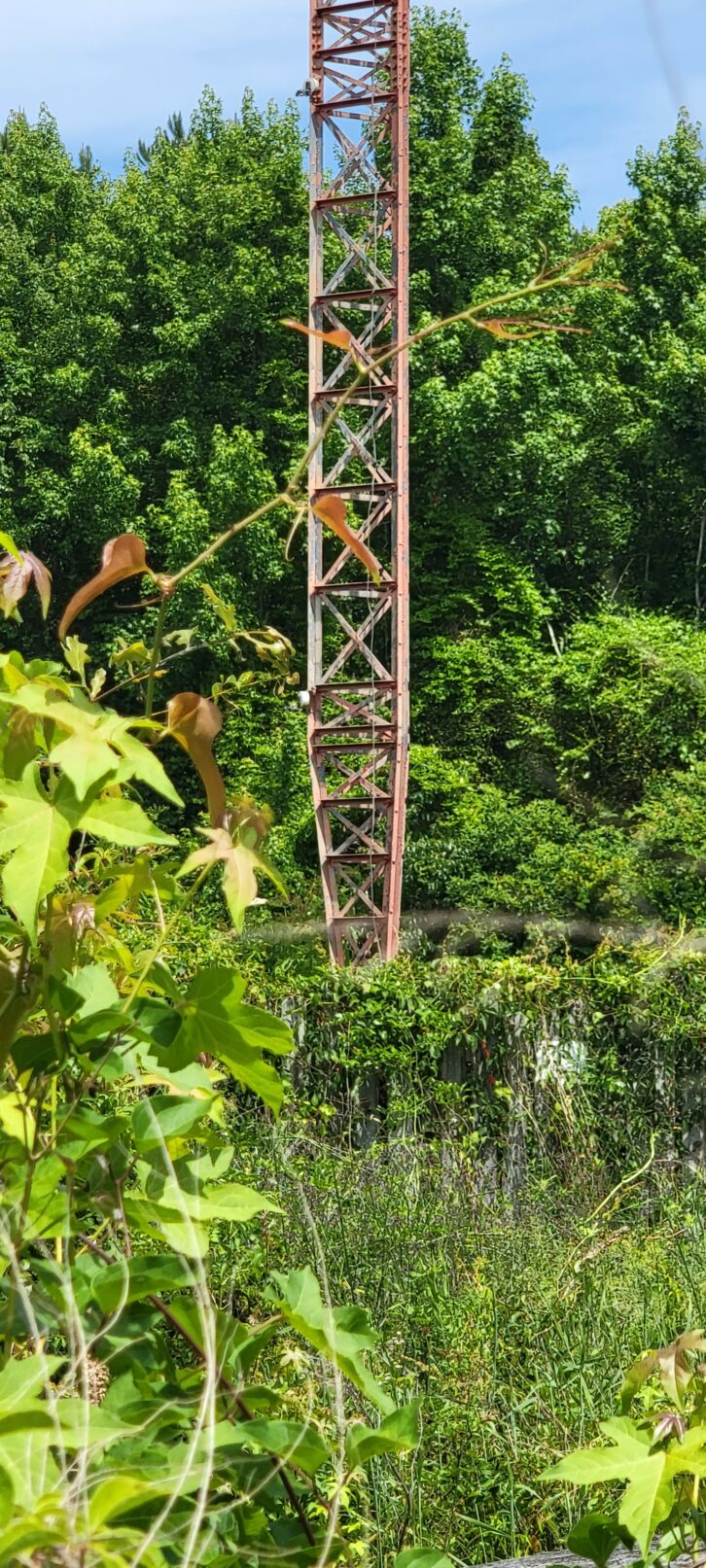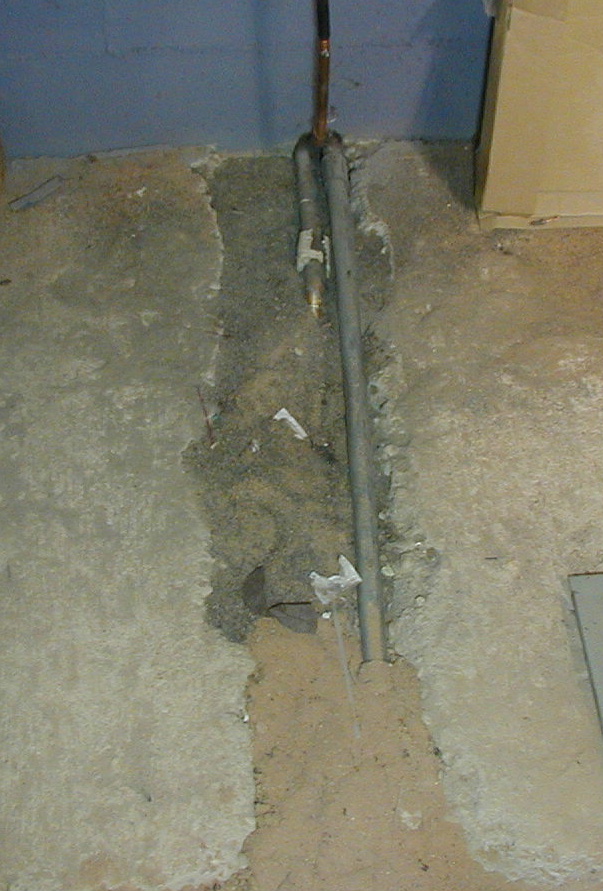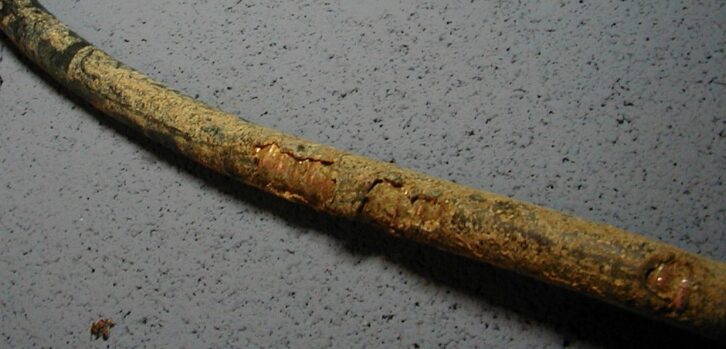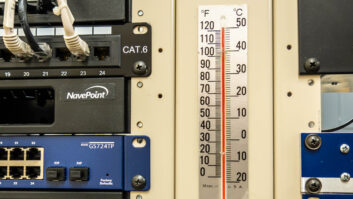What items are important to check whenever you visit a transmitter site?
Systems engineer Ihor Slabicky in Rhode Island reminds us that as you arrive, you should check all gates, fences, locks and door locks before opening them. Make sure your locks are in place and still locked.
Has someone been fiddling with your combination locks? You may be able to tell at a glance if you reset combinations last time to 0-0-0-0 or some other set pattern that isn’t the actual combo.

Now look for signs of forced entry, such as scratches, scrapes or cut marks around doors, windows or locks.
Check the outside of the building and tower, watching for equipment that may have fallen off the building or tower. Look for loose or sagging wires or cables, as well as debris that may have fallen or blown in, such as tree branches or plastic bags.
Is the fence in good repair? Has brush grown up around the tower?
When entering the building, try to do so quietly. The sound of the door may startle small “uninvited guests” inside; they may freeze and scamper off. If you enter quietly you may have enough time to spot them and see where they go to hide.
When you enter the building, also take a good sniff or two. Your nose may pick up normal electrical smells or whiffs of burnt electronics and insulation.
Scan the room to make sure everything is in its place. Check the floor for mouse droppings. A brief “inspection” will tell you a lot, in a short period of time.
Ihor’s suggestions focus on the use of our senses — not only sight and smell, but also sound. Do you hear anything out of the ordinary? Is a piece of equipment beeping to indicate low battery? Is a fan bearing squeaking due to lack of lubricant?
Unusual sights, sounds or smells in a transmitter room can help uncover and localize problems or issues that may have come up since the last visit.
Mountaintop moments
Technoguy Michael Baldauf visits transmitter sites in the mountains of Colorado, where pine trees get large. Their needles can be blown and scattered along the coax as well as on the ground around the tower. Clear them!
If you have a backup key hidden somewhere, check that it’s in place. Nothing is worse than snowshoeing to a site only to find you can’t get in the door. A hidden key can save a lot of time and trouble if the utilities or Forest Service call and need access. It might also save a life if someone needs shelter in a blizzard.
Check your coax pressurized line gauges. They’re often located next to a compressor in some corner or high up on the transmission line, not readily visible.
Finally, Michael recommends that you develop and print out a site checklist for each site you maintain. Broadcast engineers have a lot on our minds these days so take a tip from the people who fly airplanes: A printed checklist ensures nothing gets missed. It can also help someone who is assisting you and doesn’t know the site as well. A checklist can ease some of the stress of visiting a remote site.
What are your own suggestions of the key things to check whenever visiting a site? Email me at [email protected].
Cable cuisine
Sometimes problems are invisible yet right underfoot.
Contract engineer Ted Fuller in North Carolina had to re-route a length of half-inch Heliax transmission line that was buried in a sand-filled trench in the concrete floor of a transmitter building.

As he unearthed the line, Ted noticed it was caked with termite dirt. Only as he scraped away the dirt could he see that much of the plastic jacket had been eaten, exposing the copper!

Workbench submissions are encouraged and qualify for SBE recertification credit. Email [email protected].







